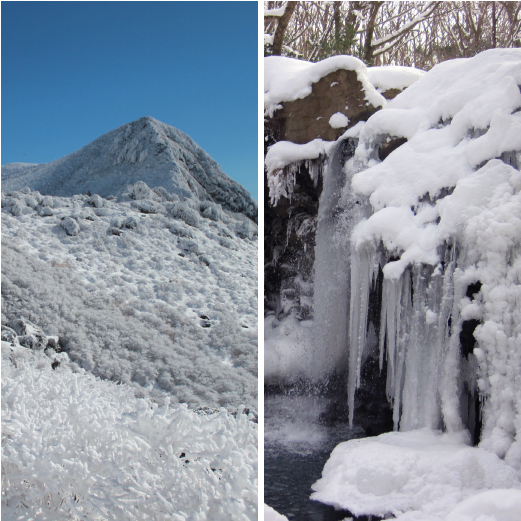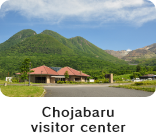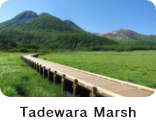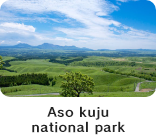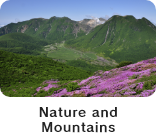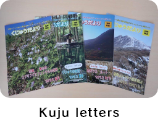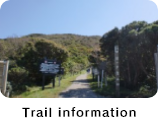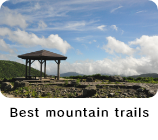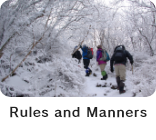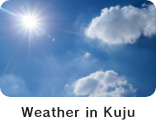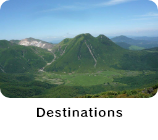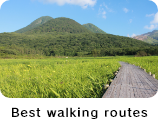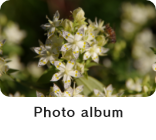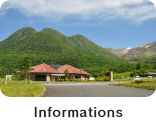There are many national parks in Japan. These parks are not just the beautiful sites of nature but our treasures we are proud of to the world. Aso-Kuju National Park, in which contains the Kuju Rangelies, is located almost in the middle of Kyushu. It ranges from Oita to Kumamoto prefecture, featuring Mt.Aso, the Kuju Range, the volcanoes such as Mt.Yufudake and Mt.Tsurumidake. The grand view of the grasslands spreading around these mountains also characterizes this area.
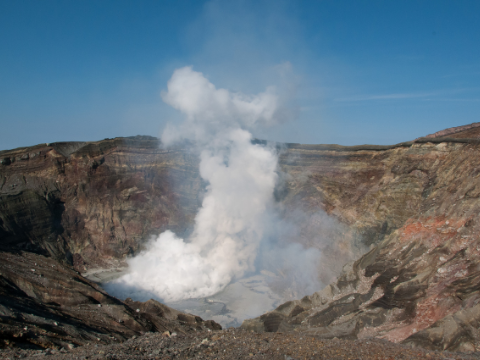 Mt.Aso(Kumamoto)
Mt.Aso(Kumamoto)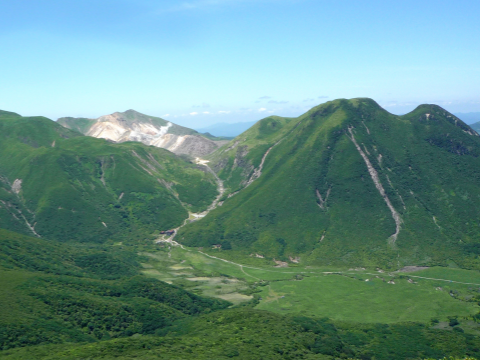 the Kuju Range(Oita)
the Kuju Range(Oita)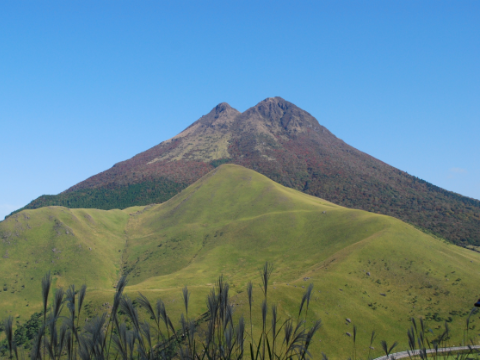 Mt.Yufudake(Oita)
Mt.Yufudake(Oita)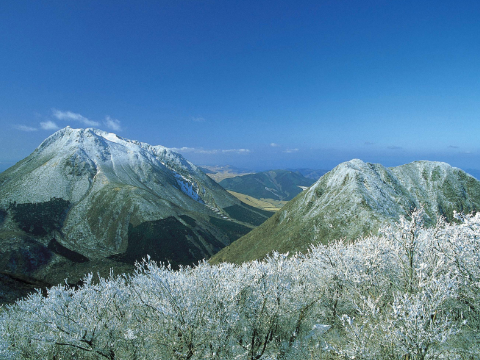 Mt.Tsurumidake(Oita)
Mt.Tsurumidake(Oita)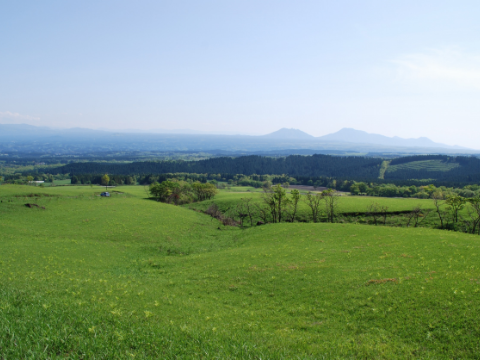 Kuju Plateau(Oita)
Kuju Plateau(Oita)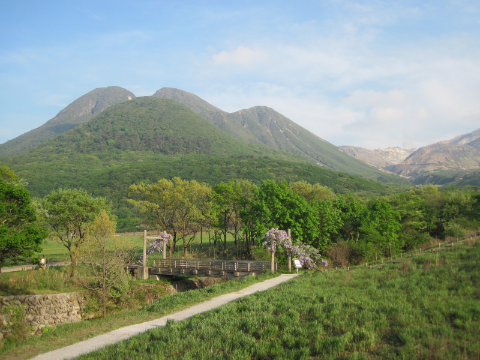 Tadewara marshes(Oita)
Tadewara marshes(Oita)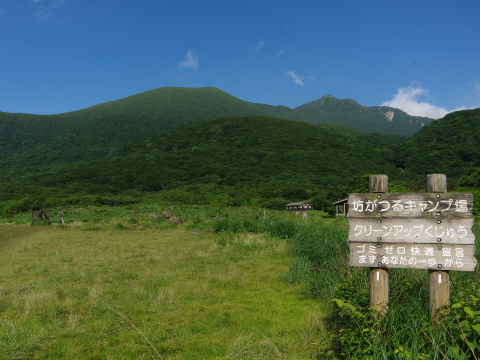 Bogatsuru(Oita)
Bogatsuru(Oita)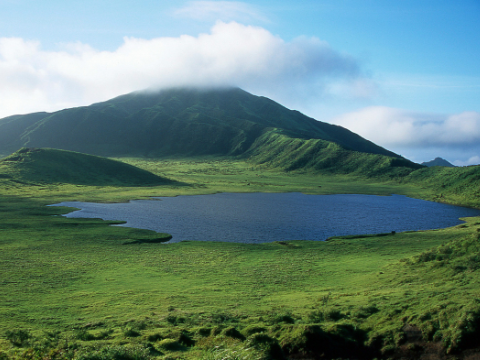 Kusasenrigahama(Kumamoto)
Kusasenrigahama(Kumamoto)
Kuju area has many sites to see: the smoking volcanoes, the grand view of the grasslands, or Bogatsuru and Tadewara marshes which are registered under the Ramsar Convention.
the Kuju Range is called “the roof of Kyusyu”, with a series of mountains higher than 1700m. Among them, Mt. Nakadake is the highest in the mainland Kyushu.
Kuju region is local in Oita prefecture. the Kuju Range is a general term for the mountains in Kuju region, and “Mt.Kuju” is one of them. Kokonoe town is located on the northern part of Kuju mountain range, and Kuju town in Taketa city on the southern part. The regions surrounding the Kuju Range are included in Aso-Kuju National Park.
A list of the elevation of each mountain in the Kuju Range
| 01 | 1791m | Mt.Nakadake |
|---|---|---|
| 02 | 1786.6m | Mt.Kuju |
| 03 | 1786.4m | Mt.Taisen |
| 04 | 1780m | Mt.Tengugajo |
| 05 | 1774m | Mt.Inaboshi |
| 06 | 1762m | Mt.Hossho |
| 07 | 1744.3m | Mt.Mimata |
| 08 | 1720m | Mt.Shirakuchi |
| 09 | 1706m | Mt.Kitataisen |
| 10 | 1698m | Mt.Ogigahana |
| 11 | 1685m | Mt.Hizengajo(restricted area) |
| 12 | 1643m | Mt.Naruko |
| 〃 | 1643m | Mt.Hiji |
| 14 | 1587m | Mt.Takatsuka(Mt.Kurodake) |
| 15 | 1580m | Mt.Iozan(restricted area) |
| 16 | 1550m | Mt.Tenguiwa(Mt.Kurodake) |
|---|---|---|
| 17 | 1522.1m | Mt.Iwaigo |
| 18 | 1503m | Mt.Kutsukake |
| 19 | 1502.5m | Mt.Kuroiwa |
| 20 | 1499.6m | Mt.Waita |
| 21 | 1464.6m | Mt.Tacchu |
| 22 | 1449m | Mt.Yubiyama |
| 23 | 1447m | Mt.Kamisensui |
| 24 | 1423.2m | Mt.Ryoshi |
| 25 | 1384m | Mt.Goto |
| 26 | 1334.1m | Mt.Maedake(Mt.Kurodake) |
| 27 | 1299.6m | Mt.Misokobushi |
| 28 | 1296m | Mt.Shimosensui |
| 29 | 1287.4m | Mt.Hitome |
| 1330m | Makinoto Pass | |
| 1303m | Bogatsuru(Hokkein Onsen Sanso) |
| 1040m | Chojabaru | |
| 860m | Oike pond | |
| *Altitudes are sited from the map of Geographical Survey Inst. *The general names of the mountains are given here. Some mountains have different names due to the dialects or the local accents. |
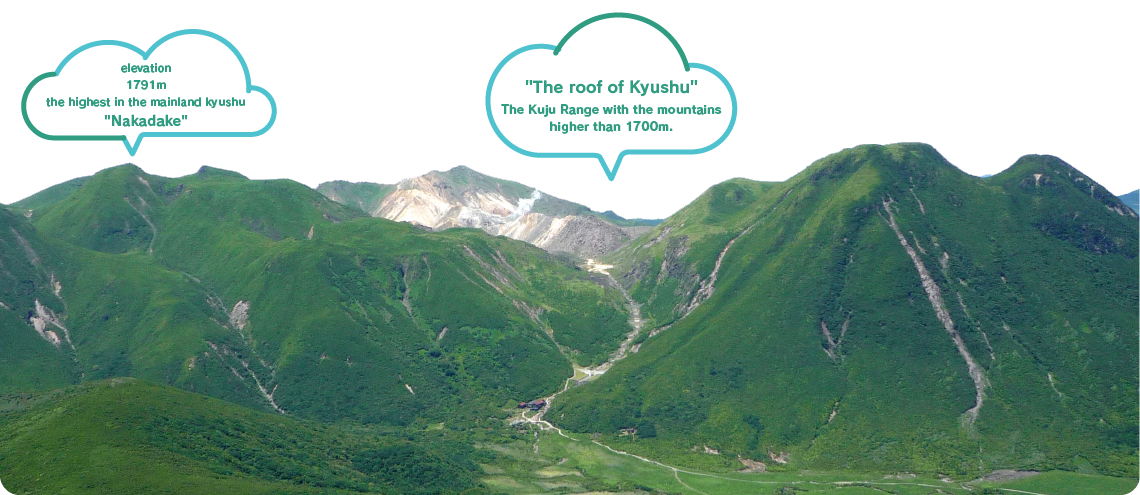
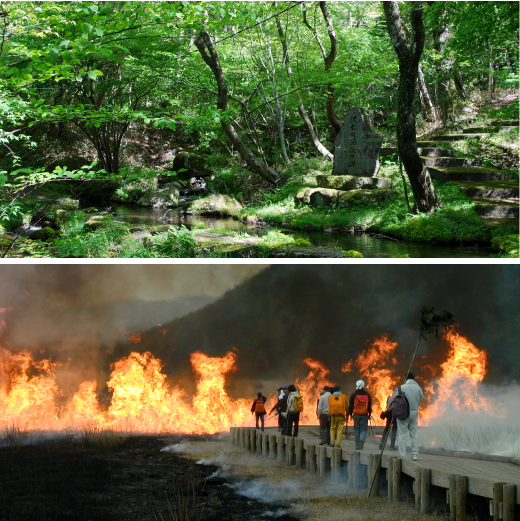

In March, Mansaku (Hanamelis japonica) begin blooming in Kuju mountains, and various early-spring wildflowers are blooming in the forests of deciduous broad-leaved trees. Grasslands in Kuju, however, turn black every spring. It is because the local people burn the dead grasses so that they can maintain the grasslands. Although the grounds turn completely black after being burnt, before long Kisumire (Viola orientalis) or Sakurasou (Primula sieboldii) begin blooming to color the black grounds. In May, the grounds are covered with fresh green again, with many creatures bustling about vividly.

In early summer, Miyamakirishima (Rhododendron kiusianu), begin blooming and paint the mountains pink. Many people from all over the world come to Kuju to see this unique scenery. In the marshlands, many flowers such as Kisuge (Hemerocallis vespertina) and Nohanashobu (Iris ensata var. spontanea) bloom. Higotai (Echinops setifer), which is a blue round flower, also add colors to the grasslands. Many creatures, colorful flowers, and fresh greens are busy to brighten up the short summer in the highland.
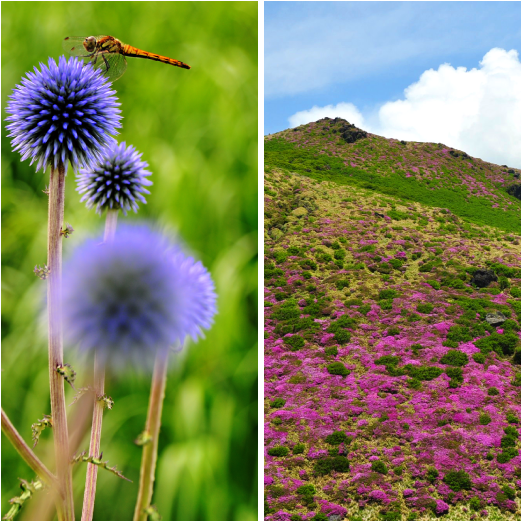
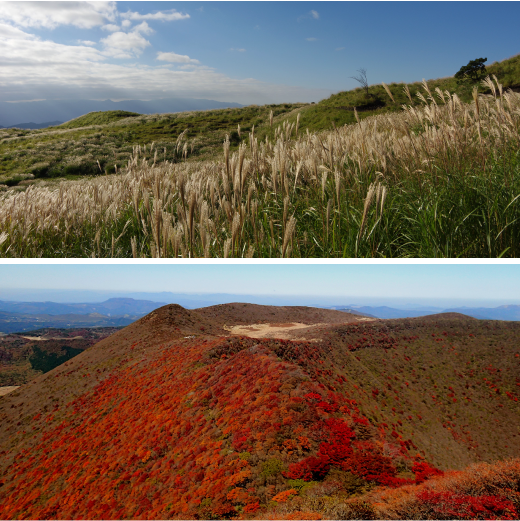

In September, autumn flowers like Shirahigeso (Parnassia foliosa var. nummularia), Akebonoso (Swertia bimaculata), and Waremokou (Sanguisorba officinalis) begin blooming one after another in the grasslands, letting us know autumn has come. In the middle of October, the leaves on the trees around the top of the mountains start changing their colors into red, yellow, and golden brown. Gradually, the autumn leaves color the mountains from the top to the bottom. The first snow falls on the mountains in November. The season changes from autumn into winter quietly and slowly…

Though Kyushu is the southern-most main island of Japan, the winter in Kuju is unbelievably cold. In Bogatsuru, the temperature sometimes falls down to -20 degrees. Miike pond, which is just below the peak of Mt. Nakadake, is frozen and you can walk across on the ice. Kurasame Fall also becomes icy. In the highlands, the snow lies as deep as more than 50cm. On the snowy ground in Tadewara, you can find the footprints of a fox, a hare, and a marten. With them you can feel the breath of creatures even in the silence and stillness of the snowy field.
